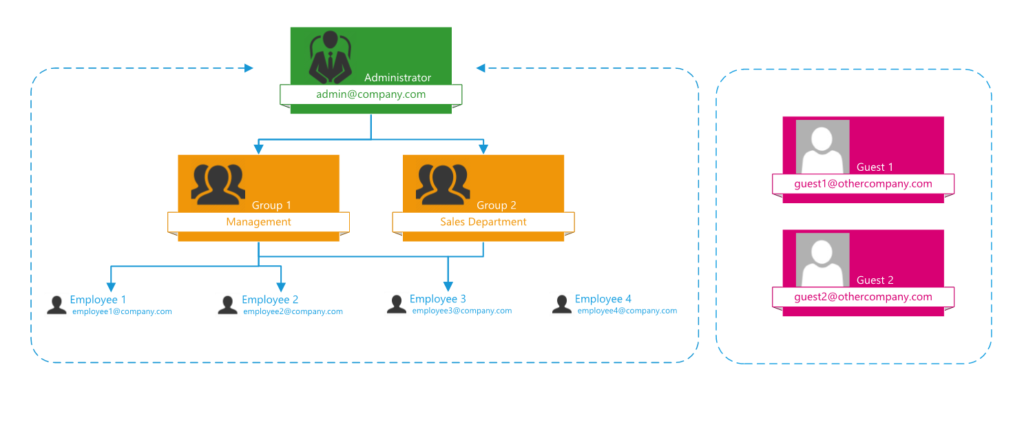One thing you will certainly face at one point is the User (Rights) Management. Whether you already have company rules in place, or start from scratch – you can easily cover it with our User Management.

Damian Roller
Features
One thing you will certainly face at one point is the User Rights Management. Whether you already have company rules in place or start from scratch – you can easily cover it with our User Management.

If you are working with data sources only available to selected people, you don’t have to worry about breaking rules with apps built with Open as App. As long as the data source is not shared with you, you can open the app but not see the data that lies behind it.
If you are not working with Cloud-based data (e.g. if you host them with us), you can simply share the app with the people that are allowed to see the data. You can either invite them personally or you can invite groups of people, for example, your group “Marketing”, “Sales”, or “Design”.
Always remember – if you invite someone to an app that relies on data hosted in a Cloud service (like OneDrive or Google Drive), you need to share the source file with this user. Otherwise, the user will not be able to use the app.
Another important aspect of app sharing with Open as App is the app type you choose. Open as App distinguishes between public and private apps.
Public apps are available to everyone and can be used without registration on almost all mobile devices and in the Web Client. Companies use this mode for apps they use for events, customer surveys, AppLetters (instead of newsletters), product catalogs, calculators, and many more. While a public app can be used by everyone, you still retain admin rights. Your data source will not be shared with anyone and only you can make changes to the app.
Private apps are only visible to you and everyone you invite to use your app. This is ideal for internal apps or apps that you don’t want to give to others. If your app is in Private mode, you can invite individuals to this app by simply entering their email address, and/or groups you already defined in the Team Admin Area.
As this is a very complex topic, we have prepared a deep dive for you. Head over to our support article to get in-depth knowledge of what our User Rights Management can do for you.
Be sure to download our Whitepaper on security with Open as App to get a deeper insight.
Happy App Building!